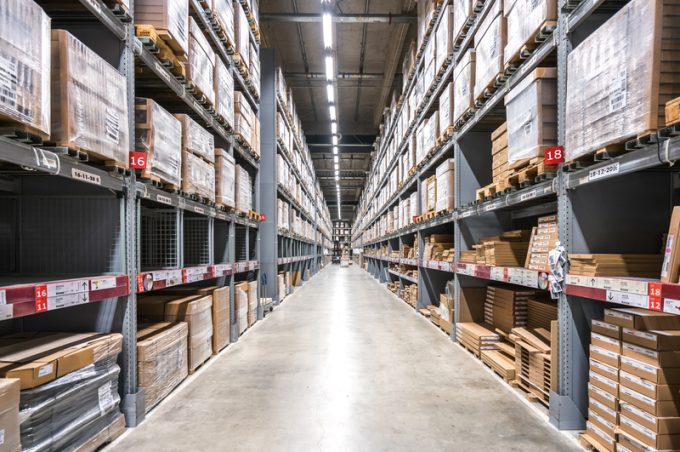'Challenging' Q3 for DFDS – and weaker demand expected to continue
Danish ferry and road freight operator DFDS saw weaker road freight demand across Europe in ...

While Brexit has taken something of a backseat over recent months to the impact of Covid-19, it is now as clear as it can be that, from 1 January, customs declarations will apply to all UK imports from the EU, causing delays to already busy ports and stretched supply chains.
For those industries that rely on just-in-time (JIT) distribution, such as pharmaceutical, perishable goods, manufacturing, spare parts and low-value high-volume e-commerce, it’s imperative to get goods through customs clearance without delays ...
USTR fees will lead to 'complete destabilisation' of container shipping alliances
Outlook for container shipping 'more uncertain now than at the onset of Covid'
Flexport lawsuit an 'undifferentiated mass of gibberish', claims Freightmate
Shippers warned: don't under-value US exports to avoid tariffs – 'CBP will catch you'
Cancelled voyages take the sting out of spot rate declines this week
New Houthi warning to shipping as rebel group targets specific companies

Comment on this article